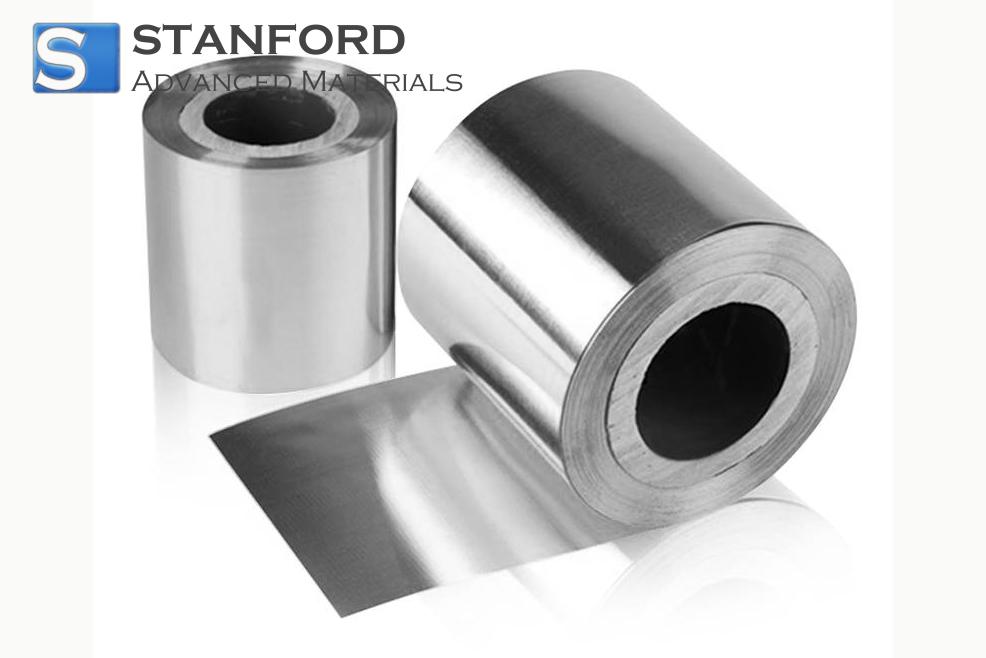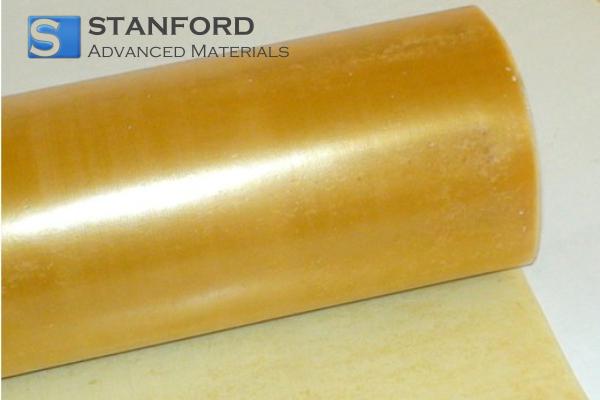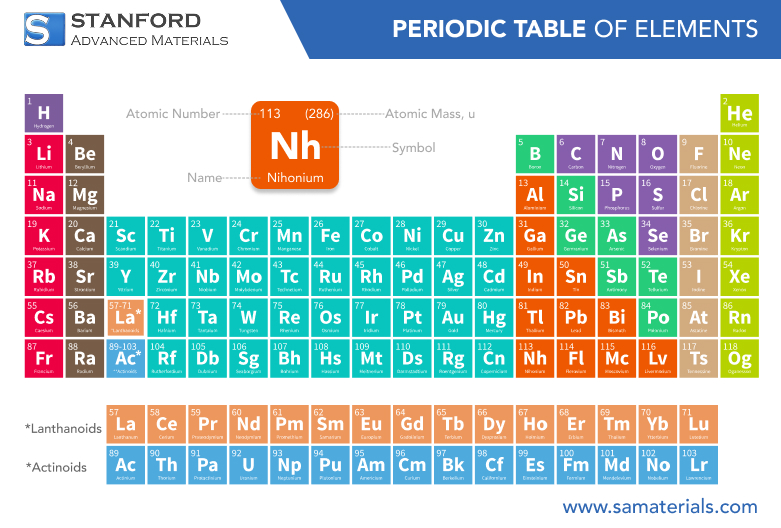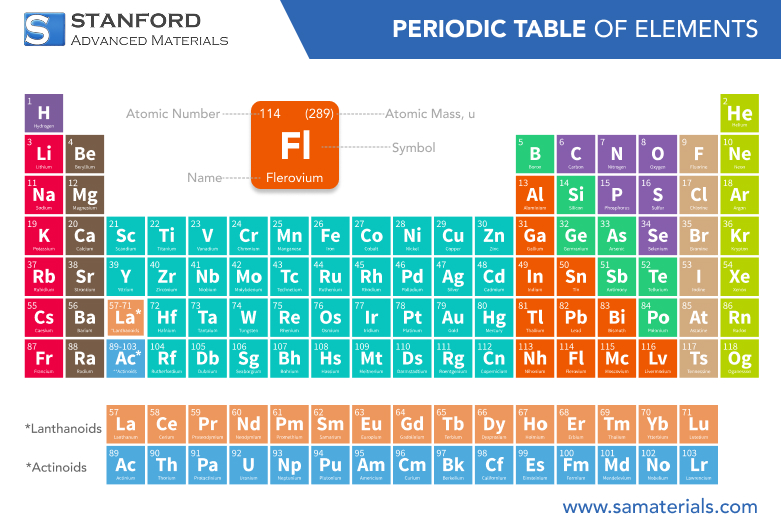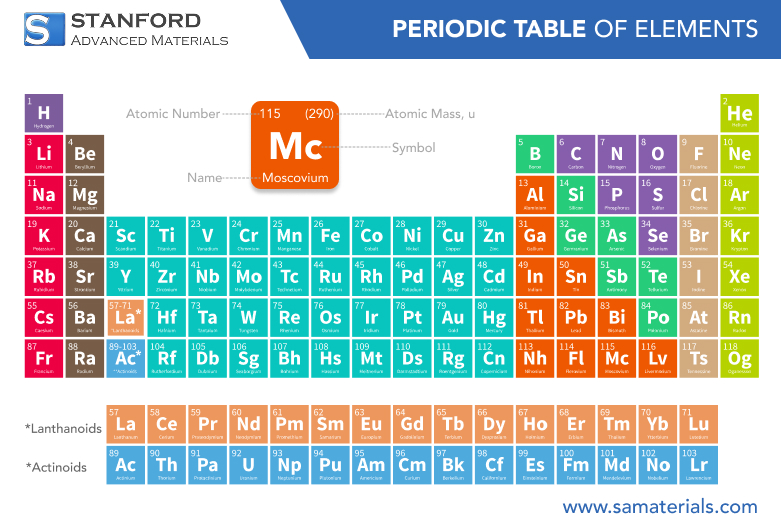Iron: Element Properties and Uses
Description
Iron is a fundamental metal known for its strength, conductivity, and versatility. Explore its chemical and physical properties, key applications, and its crucial role in industries like construction, manufacturing, and engineering.
Introduction to the Element
Iron (Fe) is one of the most abundant elements on Earth. It is a metal known for its strength, malleability, and ability to form various alloys, most notably steel. Iron has been used by humans for thousands of years in tools, construction, and machinery, making it a cornerstone of modern civilization.
Iron is classified as a transition metal and is found in the Earth's crust in the form of minerals like hematite and magnetite. It plays a crucial role in biological systems, especially in oxygen transport within red blood cells.
Chemical Properties Description
Iron is highly reactive, particularly when exposed to oxygen. This reactivity leads to the formation of rust (iron oxide), which is a common problem for iron-based materials. In terms of chemical bonding, iron typically forms two common oxidation states: +2 (ferrous) and +3 (ferric).
When iron reacts with acids, it dissolves to form iron salts. For example, when iron is treated with hydrochloric acid, it forms iron chloride and hydrogen gas. In high temperatures, iron also reacts with carbon, which is the basis of steel production.
Iron is less reactive in its pure form but becomes more reactive when it is alloyed with other elements or subjected to different environmental conditions.
Physical Properties Data Table
Property | Value |
Atomic Number | 26 |
Atomic Mass | 55.845 u |
Density | 7.87 g/cm³ |
1,538 °C | |
Boiling Point | 2,862 °C |
Appearance | Metallic gray or silvery |
Electrical Conductivity | Moderate |
Magnetic Properties | Magnetic |
For more information, please check Stanford Advanced Materials (SAM).
Common Uses
Iron is primarily used in the production of steel, which is the most common metal used in construction, automobiles, and machinery. Steel's strength and durability make it ideal for structural materials like beams, rods, and plates. Iron is also used in the manufacturing of cast iron products, such as engines, pipes, and cookware, due to its ability to retain heat.
In addition to industrial uses, iron plays an important role in the biological systems of many organisms, particularly in human blood, where it is a critical component of hemoglobin.
Preparation Methods
Iron is usually obtained from iron ore through a process called smelting. This process involves heating the ore in a blast furnace with coke (carbon) and limestone. The high temperatures cause the iron ore to separate from its impurities, leaving behind molten iron. This molten iron can then be further refined or alloyed to create steel or other iron-based products.
There are also newer methods of iron production, such as direct reduction, which use hydrogen or other materials to reduce the iron ore, offering a more environmentally friendly option for iron extraction.
Related Industrial Products
Iron is integral to a wide variety of industrial products, including:
- Steel: The most significant product of iron, used in construction, transportation, and various manufacturing industries.
- Cast Iron: Used in engines, machinery, and cookware due to its durability and heat retention properties.
- Iron Alloys: Including tools, magnets, and various mechanical components.
- Iron Oxides: Used as pigments in paints and coatings.
These products are essential in modern infrastructure and industry, contributing to the global economy's foundation.
Frequently Asked Questions
What is the primary use of iron in industry?
The primary use of iron in industry is the production of steel, which is used in construction, transportation, and manufacturing due to its strength and versatility.
How is iron extracted from ore?
Iron is extracted through a process called smelting, which involves heating iron ore with coke in a blast furnace to separate the iron from impurities.
What is the difference between cast iron and steel?
Cast iron is more brittle and has higher carbon content, making it suitable for specific uses like cookware and engine components. Steel is stronger, more flexible, and used in a broader range of applications.
What are the environmental concerns associated with iron production?
The production of iron, particularly through smelting, can contribute to pollution, including CO2 emissions and the generation of waste materials. New methods, such as direct reduction using hydrogen, aim to reduce these environmental impacts.
How does iron play a role in the human body?
Iron is a key component of hemoglobin in red blood cells, helping to transport oxygen throughout the body. It is essential for maintaining healthy blood and preventing anemia.

